
Get on that train. Thanks to the new LGV (high-speed train) launched in July 2017, Bordeaux is now only two hours from Paris. And it’s having a moment. Bordeaux has changed a lot in the past few years; the city used to be a bit sad and grey (I can say that, I’m from there) but it’s now all over travel and food-media’s must-visit lists. But this new-found popularity, as is the case in many other places, has created some tension between locals and newcomers. In the past five years, many Parisians have invested in Bordeaux properties, driving up local real-estate prices. Some locals blame Parisians for the gentrification of certain neighborhoods. That said, it’s only small minority that feel this way; most Bordelais take pride in their city’s new allure.

Come in spring or summer. Make the most of the city’s café and restaurant terraces. Bordeaux is packed with lovely pedestrianized streets and squares where you can sit outside and enjoy your coffee in the sun, and you can do that pretty much from March until November. Try Place Camille-Jullian, Place Saint-Pierre, Place du Parlement, Place Saint-Michel, and Place du Palais. Just avoid coming during the Vinexpo wine conference (usually around June 20) because hotels fill up and prices soar.
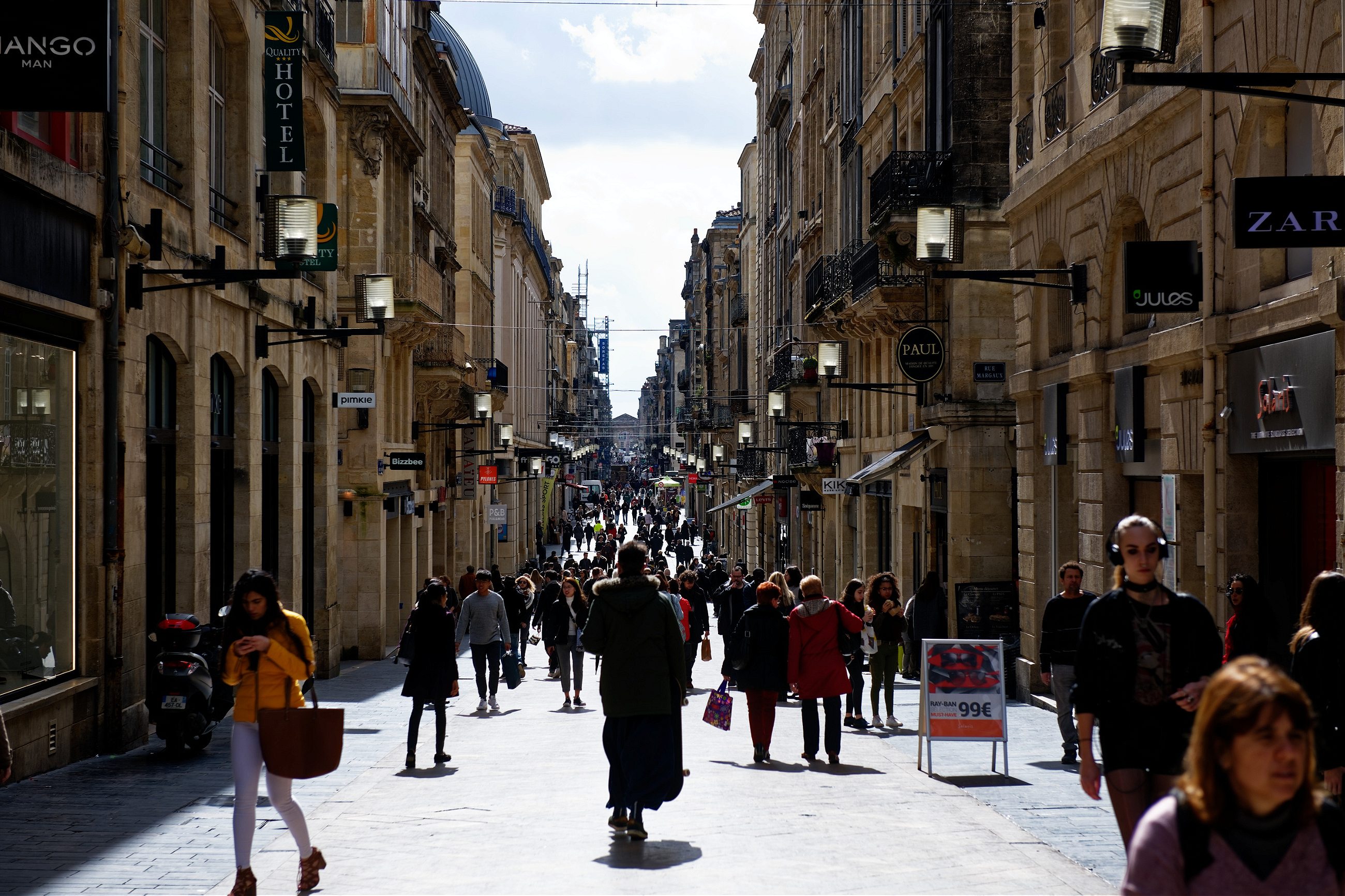

Now eat oysters. The first thing I do when I return to Bordeaux is get myself a plate of oysters from the bay of Arcachon. If the weather is nice, I’ll take the train to Arcachon (less than an hour) and eat at the waterfront restaurant Chez Pierre or at la Cabane de l’Aiguillon. If I’m feeling lazy, I stay in Bordeaux and go to les Capus, the nickname for the Marché des Capucins market, and get oysters at la Poissonnerie. The smell of the ocean makes me feel at home.

Don’t forget your umbrella. Though it rarely gets cold, it often rains in Bordeaux (between 171 to 205 days per year), especially in autumn and spring. But when it’s pouring, there are plenty of things to do indoors. Go to the CAPC museum of contemporary art, eat a lemon tart at Any teas on the nice Passage Sarget, a covered street, or stop for a coffee at l’Alchimiste café. Or…

… watch a movie at Utopia. This church-turned-arthouse cinema shows independent foreign and French movies. (Not dubbed into French but shown in their original language with subtitles.) I love going there to see a film and to flick through their program. It also has a nice café.
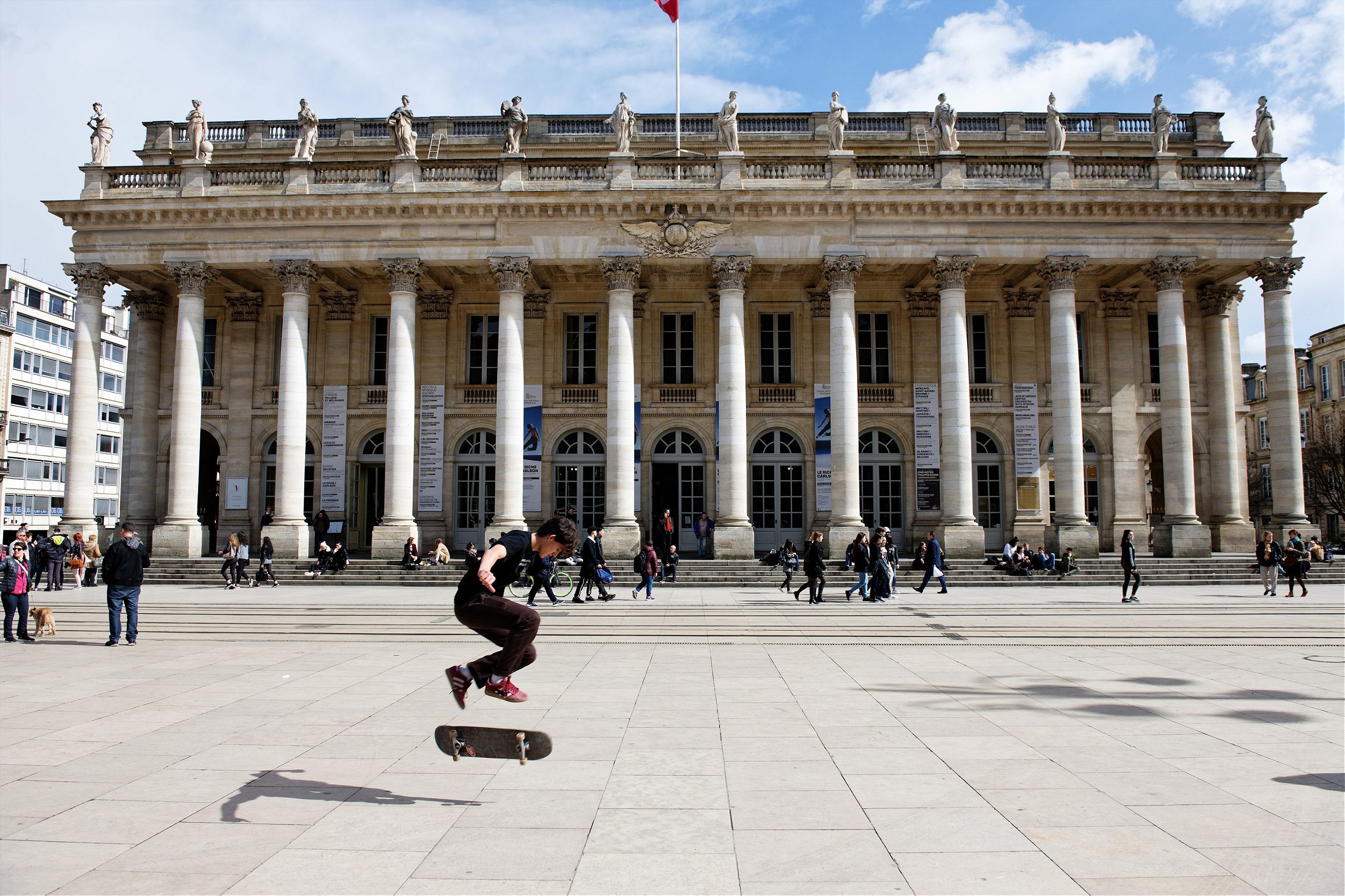

Don’t be intimidated by the wine selection. Don’t think all good Bordeaux wines have to expensive; there are many excellent, reasonably priced wines too. But you should know some basics:
- Bordeaux is mainly a red wine region, although around 10 percent is white (Sauvignon Blanc, Sémillon)
- Bordeaux wines can be divided into two areas: the Right Bank (Saint-Emilion, Blaye) and those from the Left Bank (Médoc, Graves). Right Bank wines will have more Merlot in the blend (cépage).
- But you won’t find that on the bottle label. In Bordeaux, only the name of the producer, the appellation (location) and vintage appear on the label, not the blend, which can make things tricky. Left Bank wines will have a higher percentage of Cabernet Sauvignon. If you like stronger, more tannic wine, get one from Médoc or Graves (Pessac-Léognan, Margaux, Saint-Estephe), perfect with red meat. But if you want to start with something lighter, try a Right Bank wine.
- Always look at the vintages. The quality of the wine changes year to year, usually depending on the weather; 2009 is considered an exceptional vintage and 2012 a rather bad one. Good recent vintages include 2000, 2005, 2006, 2009, 2010, 2015, and 2016.
- Get started at La Conserverie-Converserie, or Wine More Time, where you can sit outside if the weather is nice. Santé!

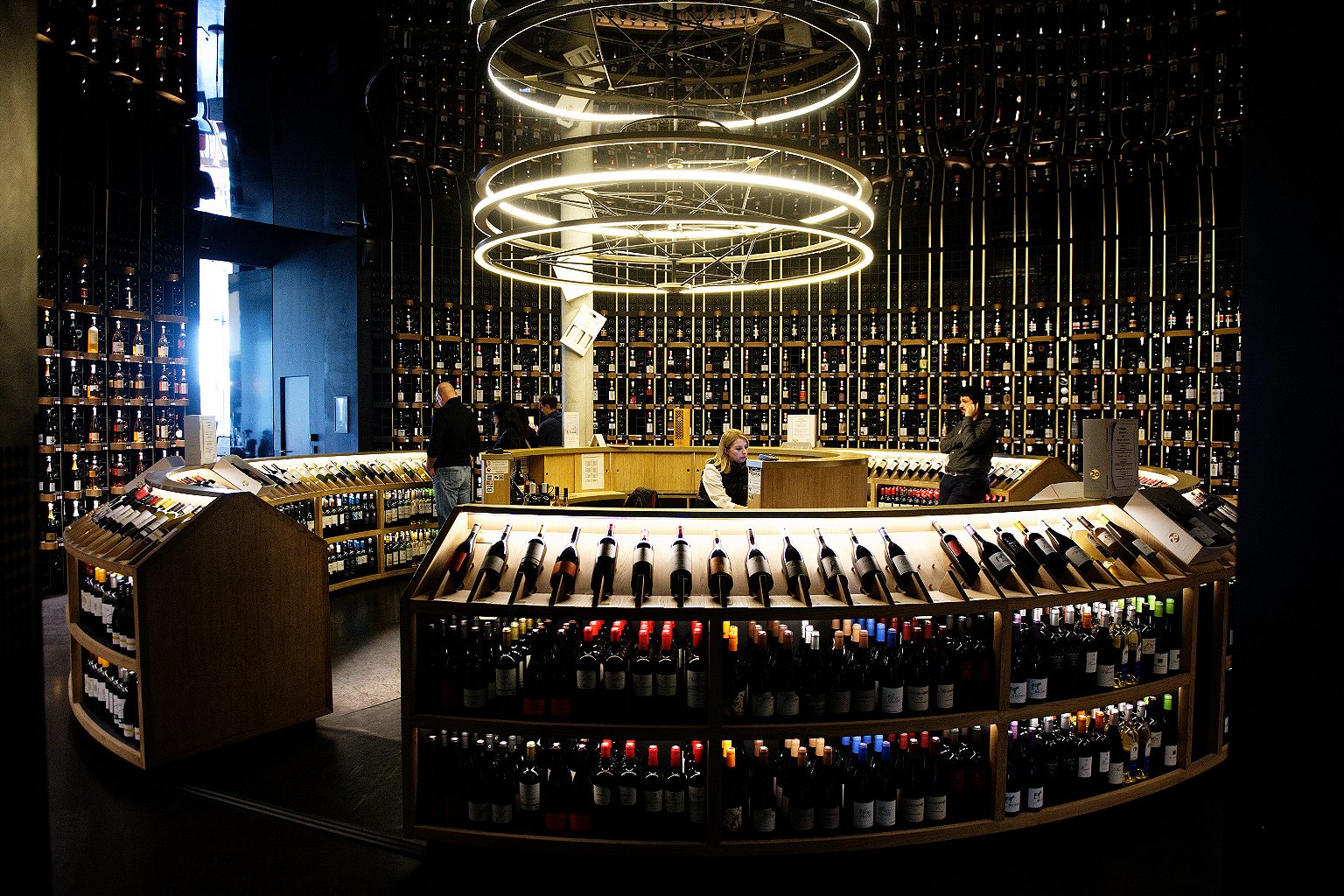

Meet Jacques Chaban-Delmas. You’ve probably never have heard of him, but you will see statues of him everywhere in Bordeaux. Who the hell was this man? He was the Prime Minister of France between 1969 and 1972, but more importantly for the Bordelais, he was their mayor for 47 years (1947-1995). He was also an active member of the Resistance, which fought against the Nazi occupation of France. Not to mention, a talented tennis and rugby player, who won a senior men’s doubles tournament in 1970 and used to play rugby in the city’s stadium.

Learn some history. It’s not just the city of wine; Bordeaux also has a rather less savory history. It was once the second-largest slave port in France, after Nantes, and a great deal of the city’s wealth—not to mention some of its grandest buildings—was built with profits from the slave trade. But the city is slowly starting to come to terms with this chapter of its history. There is a statue of Toussaint Louverture (the leader of the Haitian revolution), given to Bordeaux by the Republic of Haiti, in the small park named after him, opposite the botanic gardens. There’s also a small memorial plaque on Chartrons quays. Franco-Senegalese author Karfa Diallo organizes walking tours (in French) that trace the heritage and impact of the slave trade. His organization (Mémoires et Partages) is campaigning to add labels to streets named after merchants with links to slavery, but the city government hasn’t responded so far. It’s still a sensitive subject.
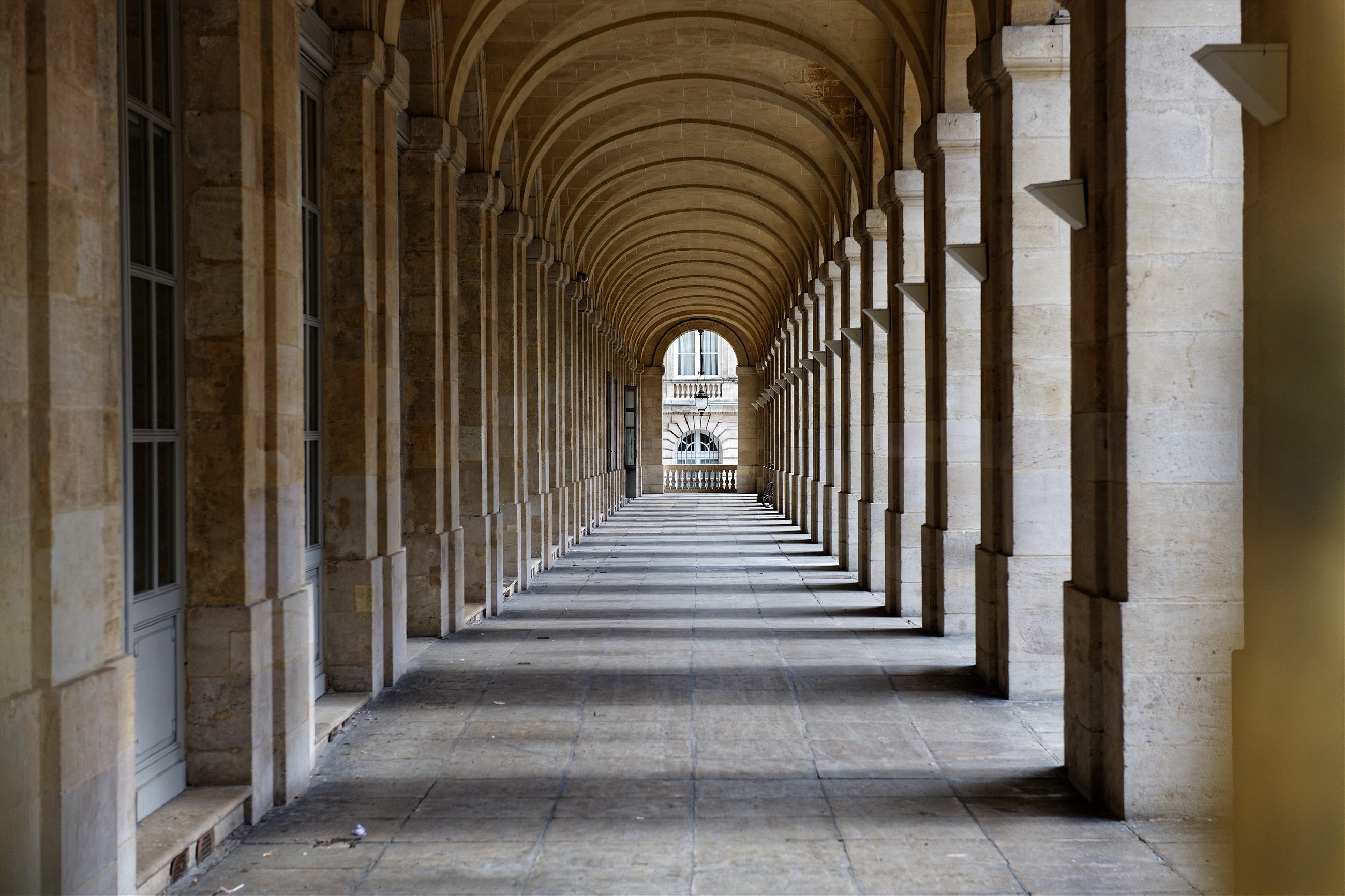

Learn some local expressions. In Bordeaux, we say gavé bien instead of très bien (“very good”). In a supermarket, people will ask you if you need une poche, or une poche plastique (a plastic bag), and never un sac, as they would in the rest of the country. More importantly, don’t ever order un pain au chocolat (here it’s called une chocolatine!) in a boulangerie—it’s a real faux pas. France is divided into those who eat chocolatines (in the southwest of France) and those who eat pains au chocolat (the rest).

Have a chocolatine for breakfast. Try Le boulanger de l’hôtel de ville-Jocteur or La boulangerie Saint-Michel for a chocolatine, croissant, or pain aux raisins. If you prefer more elaborate pastries, go to Opéra Pâtisserie or Pâtisserie San Nicolas for an éclair or a saint-honoré. And of course try one of the main culinary specialities of Bordeaux: canelés, small cakes flavored with rum and vanilla, at La Toque cuivrée.
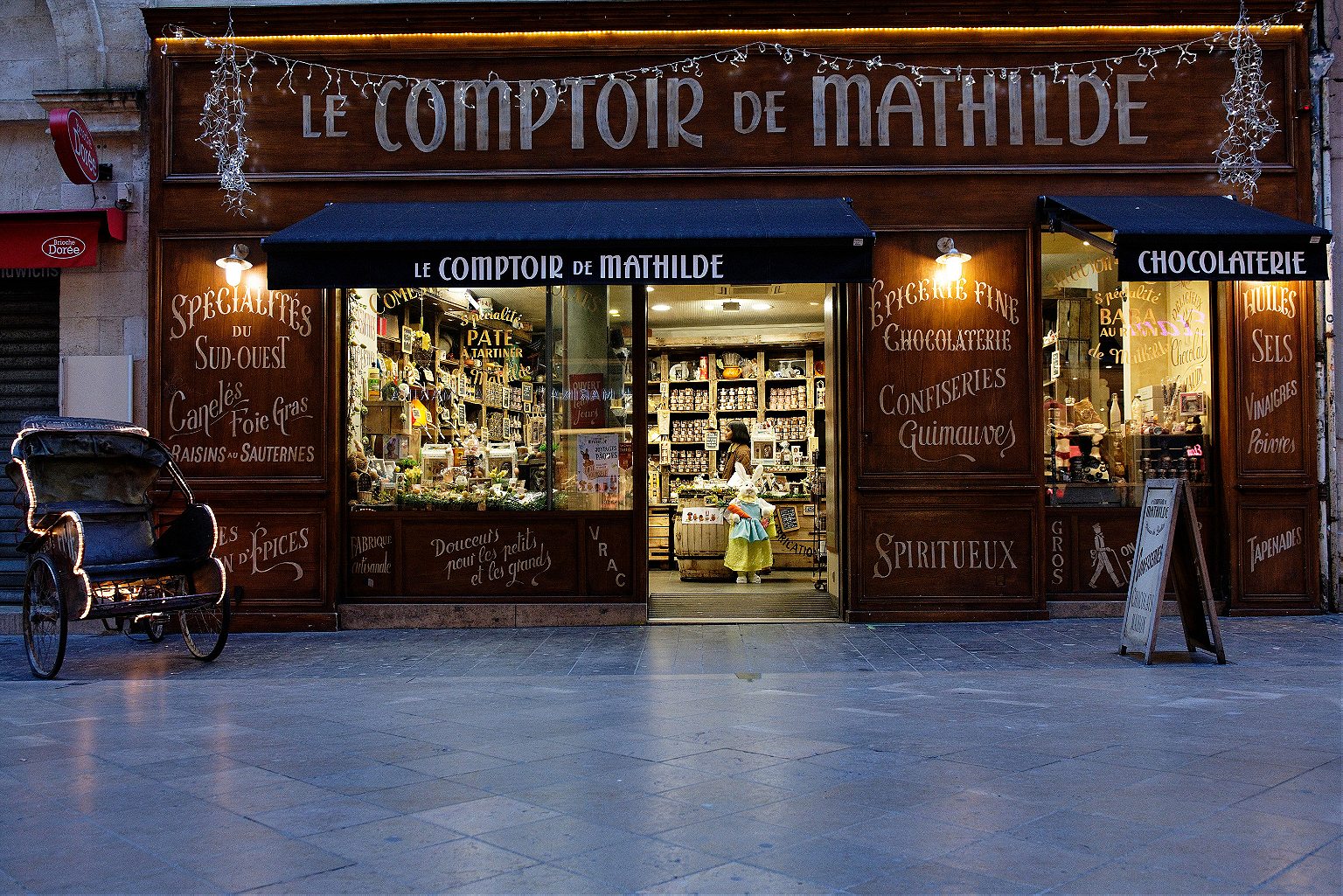


Don’t expect a party on Sundays. A lot of restaurants close, even in touristy areas, so make sure to check in advance. In August, some restaurants close for summer holidays. Once known as France’s Sleeping Beauty, Bordeaux has recently stepped up its nightlife game, but it’s not as lively as Toulouse or Rennes.

Cross the river. Most of the city’s highlights are on the left bank, but the right bank has has been redeveloped and has a lot going on too. It’s easy to explore both banks by tram, or you can rent a VCUB bicycle and cross the beautiful Pont de Pierre to see what Bordeaux looks like from the other side of the river. Cycle along the Garonne between Pont de Pierre bridge and Pont Chaban-Delmas bridge and have a picnic break in the Parc aux Angéliques. Stop at Darwin Ecosystem, a former military barracks that’s been transformed into a multi-use space, with start-ups, restaurants, stores, and a skate park. There are also a few nice restaurants along the river. Try l’Estacade for a romantic dinner. Or la Guinguette Chez Alriq for tapas and outdoor concerts.
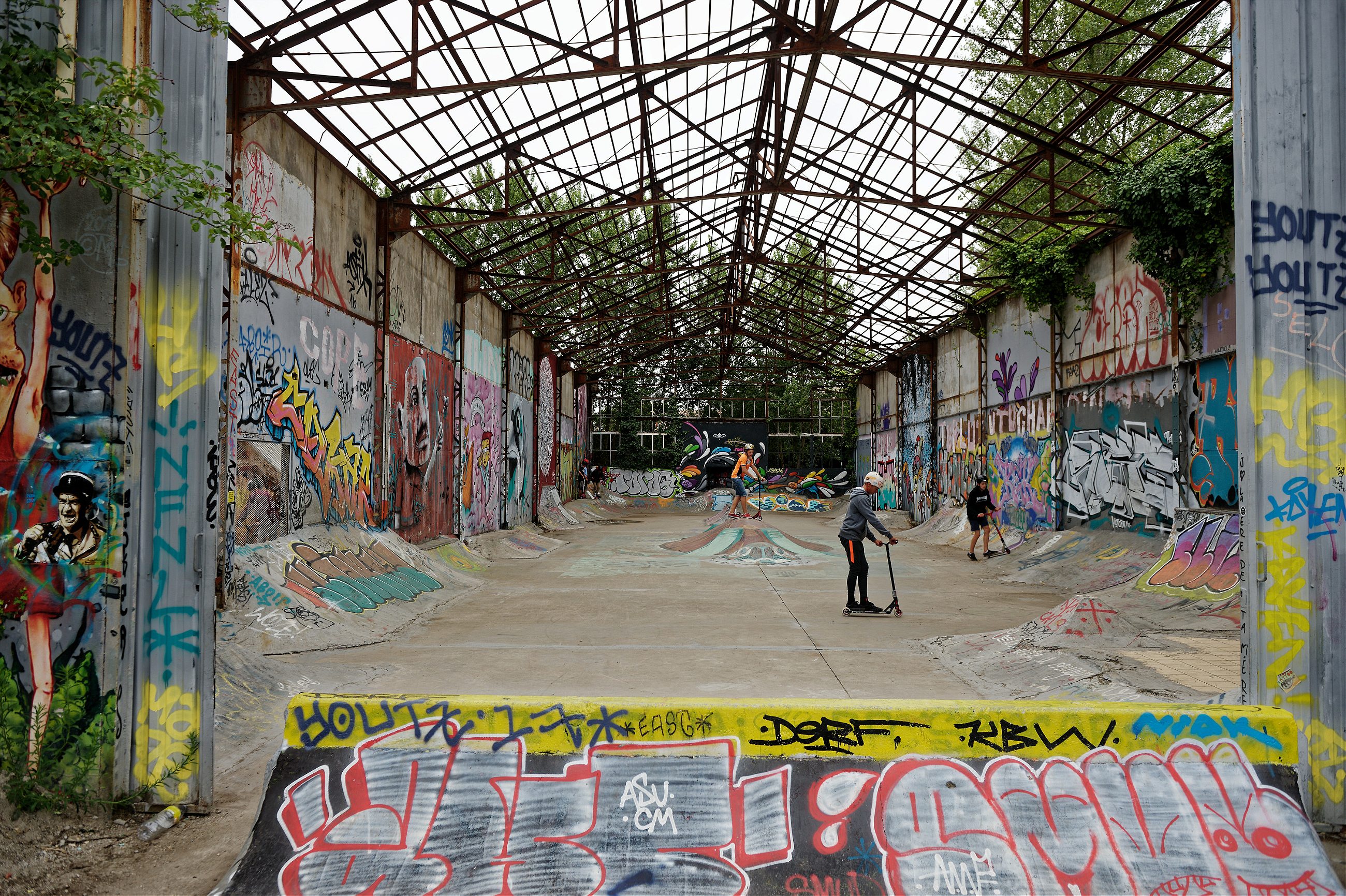

Walk, jog, or cycle along the riverfront. The left bank quays are a big part of Bordeaux’s identity, which is also called Le port de la Lune, (Port of the Moon) because of the shape of the Garonne river. Splash through the miroir d’eau, a mirror of water which reflects the Place de la Bourse. In spring and summer the water turns to mist every 15 minutes—a great set-up for Instagram.

Get lost in Saint-Pierre. Also called le Vieux Bordeaux, or old Bordeaux, the historic heart of the city is a series of narrow streets with cobblestones and charming squares. Some buildings date from the Middle Ages and the district is often used as a film set. This is also where you’ll find nightlife and lots of restaurants and bars. Have some foie gras tartines with a glass of wine at Le Chabrot. Or stop for a mojito at la Comtesse, or a beer at Café Brun or Apollo Bar.
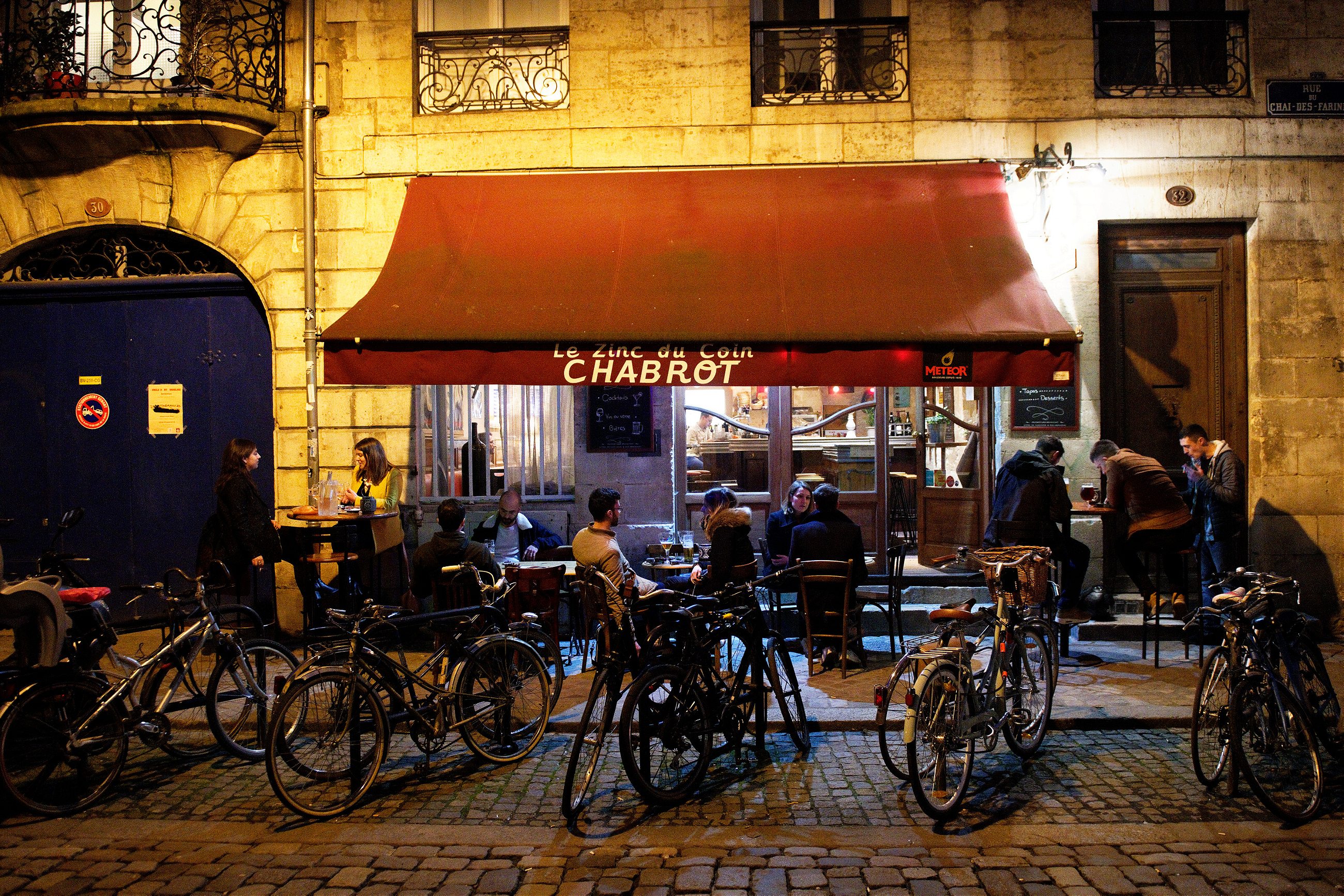

But choose your restaurants carefully. The touristy Saint-Pierre district is full of restaurants, but for the most part you should avoid eating around the Place du Parlement or Place Saint-Pierre. There are exceptions: If you’re in the area and want to eat nearby, head for Restaurant Mélodie in the Rue des Faussets, or Tante Charlotte or Davoli in the Rue des Bahutiers,

Check out Saint-Michel. Saint-Mich’, as the locals call it, is a constantly changing, vibrant, and culturally diverse neighborhood, with a little more flavor than the pretty—but more staid—Saint-Pierre. The square around Saint-Michel Basilica hosts a daily market and a weekly flea market. Have a North African mint tea and people-watch in one of the cafés. Walk down rue Camille Sauvageau and have a tea or an organic vegetarian meal at Samovar café, or a drink in one of the bars of the street, like Chez ta mère or Les copains d’abord.


Stay off rue Sainte-Catherine. Especially on Saturdays, unless you can’t get enough of crowds. Guidebooks will tell you that it is the longest pedestrian street in France, or even in Europe. But it’s really just a street full of shops you can find anywhere else in Europe, and it’s impossible to walk there on Saturday afternoon without bumping into someone. You will probably cross it at some point during your stay but there’s no use spending too much time there. Same goes for Rue Porte-Dijeaux.

Hit the food markets. On Sunday morning follow the locals and buy fresh products at Marché des Chartrons, along the river. Don’t miss the covered Marché des Capucins (closed Mondays). Take a stroll through the market stalls. Eat there sur le pouce (on the run) at La Maison du Pata Negra, Chez Jean-Mi, or get those oysters at La Poissonnière.
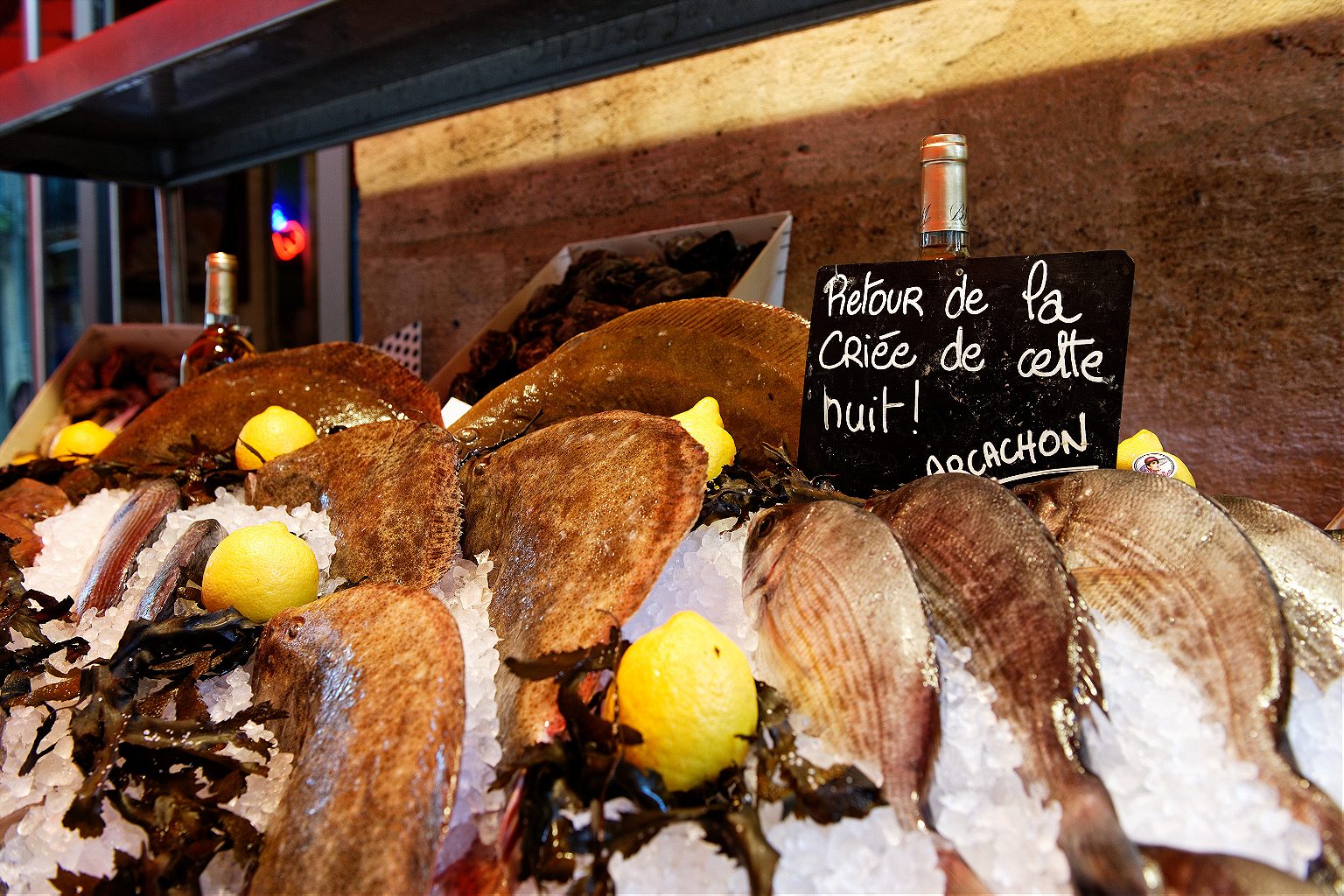
Wander the Chartrons neighborhood. Originally a wine-merchants district, this neighborhood is now one of the most fashionable areas of Bordeaux. It feels like a small village inside the city. Get a baguette at La P’tite Boulangerie Notre-Dame and Try La P’tite Martial, the organic local beer. Have dinner at Paul’s place, with its kitsch decoration and its charming British owner.
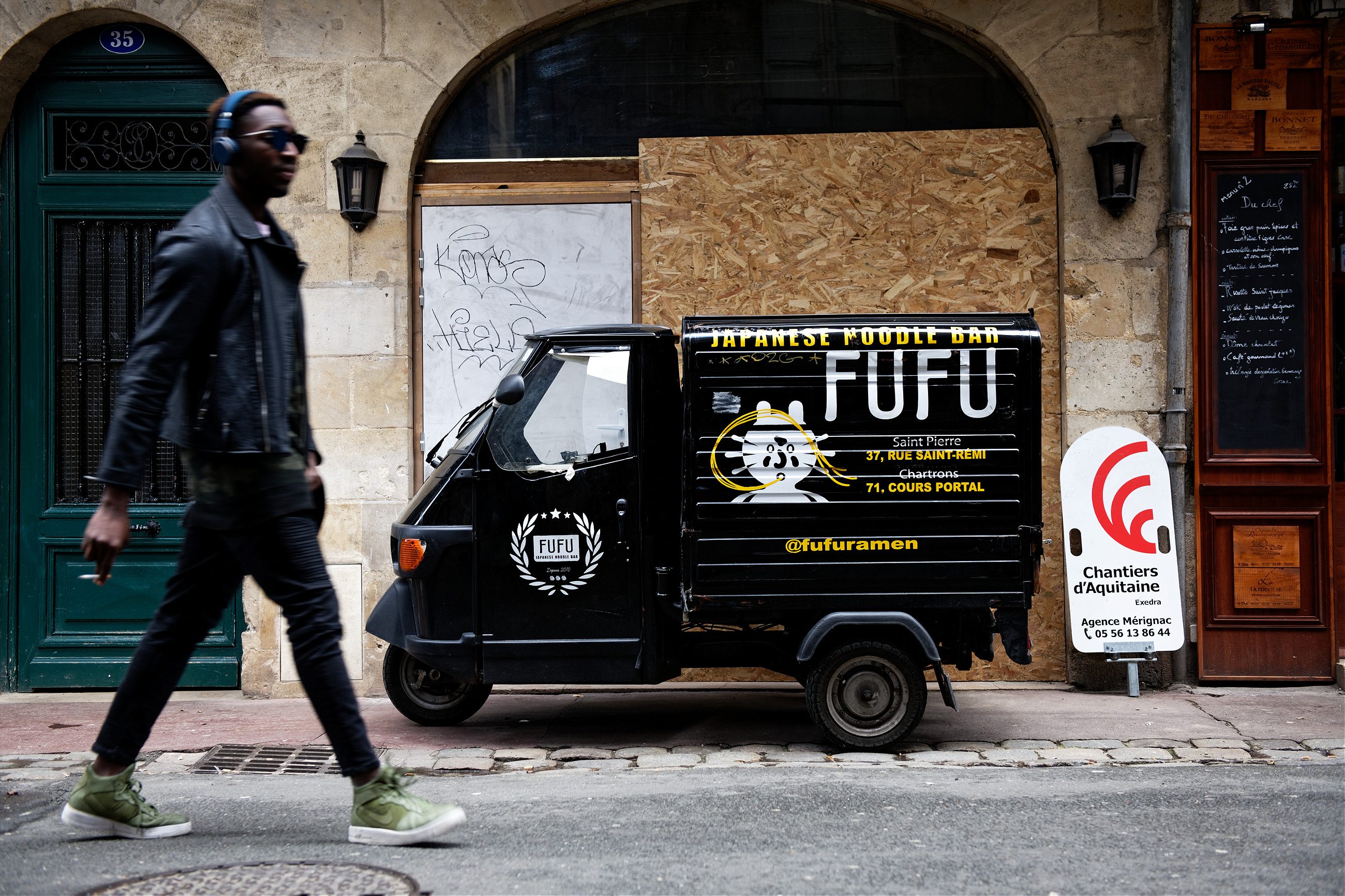
Catch a game or two. Bordeaux is a city of soccer and rugby. Go to Stade Matmut-Atlantique to see Girondins de Bordeaux play, or to Stade Chaban-Delmas to support Union Bordeaux Bègles. Or, go to the pub and watch a game in comfort. The Frog and Rosbif, on the site of a former women’s prison is the best place to watch a game with a beer.

